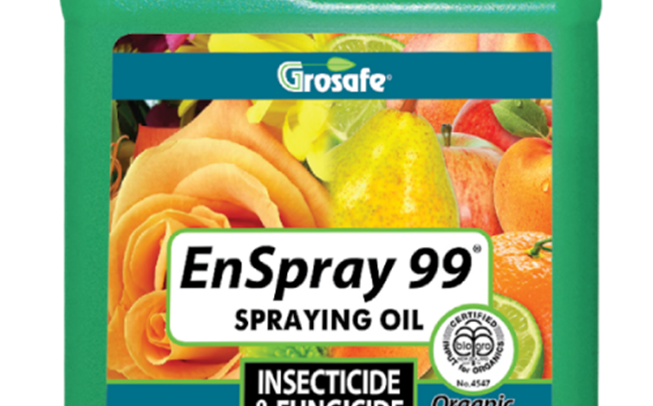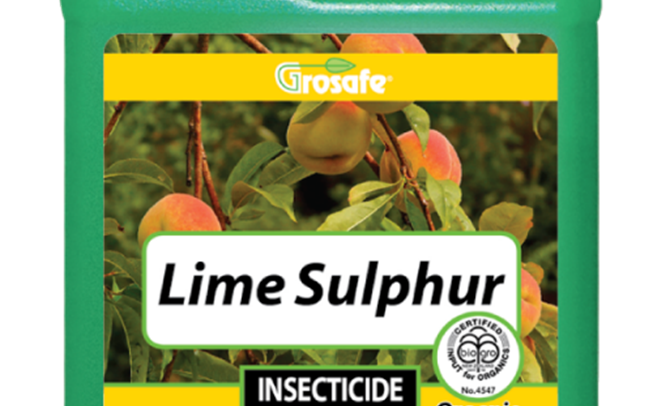Pest and Disease Control
The organic gardening philosophy is to let nature take its course, for all organisms to live in balance and therefore accept a level of pest and disease damage.
However most gardeners want to harvest good crops relatively free of pests and diseases, grown in a safe environmentally sustainable manner.
This page guides the home gardener to methods of pest and disease control that best suits these needs taking into account:
- Good yields, relatively free of pests and diseases
- Using best garden practices to minimise pests and diseases
- Using only safe environmentally friendly products
- Using products that are commonly available in home garden packs and are legally registered and approved for the purpose stated
Minimising Pest and Diseases
Using good basic gardening practices to minimise pests and diseases is common to all gardeners whether conventional or organic. In simple terms—providing the best growing conditions to ensure a strong healthy crop.
The following are the simple basics:
- In heavy soils, raise the planting area above the surrounding soil to ensure good drainage.
- Add lots of compost and work into the soil.
- Mulching with compost, grass clippings, or straw holds in moisture and improves soil structure.
- Provide adequate balanced feeding—sheep manure pellets or a fruit tree fertiliser.
- Water in dry periods.
- Practice good garden hygiene by removing all diseased leaves and plants.
Using Disease Resistant Varieties
Whilst a few ‘Heritage’ varieties may have disease resistance, there are a range of modern varieties likely to be better. Using disease resistant varieties will ensure better crops, greatly minimising the need to use fungicides.
Ask your garden centre adviser for varieties best suited to your area and resistant to disease.
Using Biological Controls
Biological control involves using another living organism to attack the bad one. This is becoming common with commercial growers, but these organisms are not available to home gardeners.
What can be done however is to endeavour to use only pesticides that are soft on desirable insects such as bees, ladybirds and predator mites.
Using Pesticides
If good gardening practices are followed and disease resistant varieties used, use of pesticides can be minimised. There is a range of very low toxicity, environmentally friendly pesticides available to home gardeners.
Also be aware that some pesticides are toxic—both chemical and natural organic. Being natural organic doesn’t necessarily make it safe.
Prevention is better than cure. Once you have gained experience and are aware of what pests / disease attack which crops, you will be able to anticipate, and spray at the first sign, which is more effective and minimises pesticide use.
Follow recommended spray programmes for each type of fruit, especially the early season preventative sprays.
Different pests and diseases attack different fruits. Most pesticides are only approved for use on some fruits. There is also significant variation in effectiveness of pesticides.
Withholding periods also vary between pesticides and between different fruits. It is therefore necessary to consult the Fruit Pest and Disease chart.
This chart sets out what pesticide can be used for each pest or disease on each type of fruit. It also gives three choices - ’organic’, ‘environmentally friendly’ or other pesticides approved for use.
Pesticides vary greatly in effectiveness. Whilst organic pesticides are usually safer (but not always) they are generally less effective.
Synthetic pesticides approved for home garden use are very low toxicity compared to commercially available pesticides. So much so, that they are often less toxic and more environmentally friendly than an organic equivalent.
Check our Comparative effectiveness of pesticides to assist with your decisions.
Withholding Periods
The NZ Food Safety Authority has set withholding periods for each pesticide, and particular crop. The withholding period is the period that must elapse between spraying and harvesting, and is on the label of each product.
Withholding periods have been set after rigorous testing to ensure pesticide residues have decayed to barely detectable levels well below any risk to people or the environment.
Most home garden pesticides have withholding periods of 3 to 14 days. Always check the label.
If it is necessary to spray insect pests close to or during harvest use an insecticidal soap such as Yates Natures Way Insect spray, Tui Eco Pest, or Yates Pyrethrum.
Please click here to see our brochure on pest and disease.
Please click here for spray programme for fruit
Please click here for spray programme for veges
Please click here for spray programme for roses





